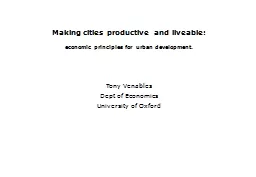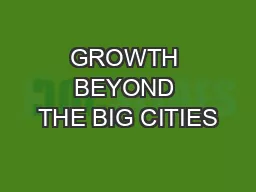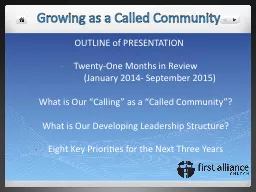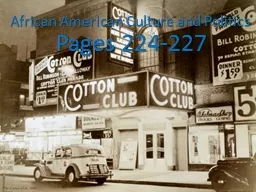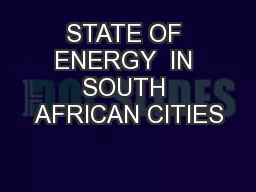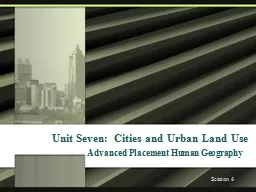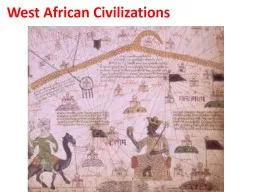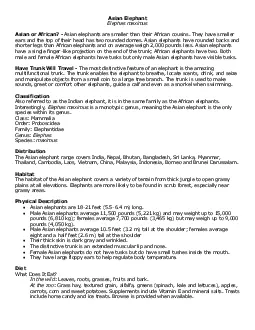PPT-Growing African cities:
Author : celsa-spraggs | Published Date : 2016-07-07
economic principles for functional cities Tony Venables Dept of Economics University of Oxford Africa 13 of way through its urbanisation 500 mn Africans will enter
Presentation Embed Code
Download Presentation
Download Presentation The PPT/PDF document "Growing African cities:" is the property of its rightful owner. Permission is granted to download and print the materials on this website for personal, non-commercial use only, and to display it on your personal computer provided you do not modify the materials and that you retain all copyright notices contained in the materials. By downloading content from our website, you accept the terms of this agreement.
Growing African cities:: Transcript
Download Rules Of Document
"Growing African cities:"The content belongs to its owner. You may download and print it for personal use, without modification, and keep all copyright notices. By downloading, you agree to these terms.
Related Documents

